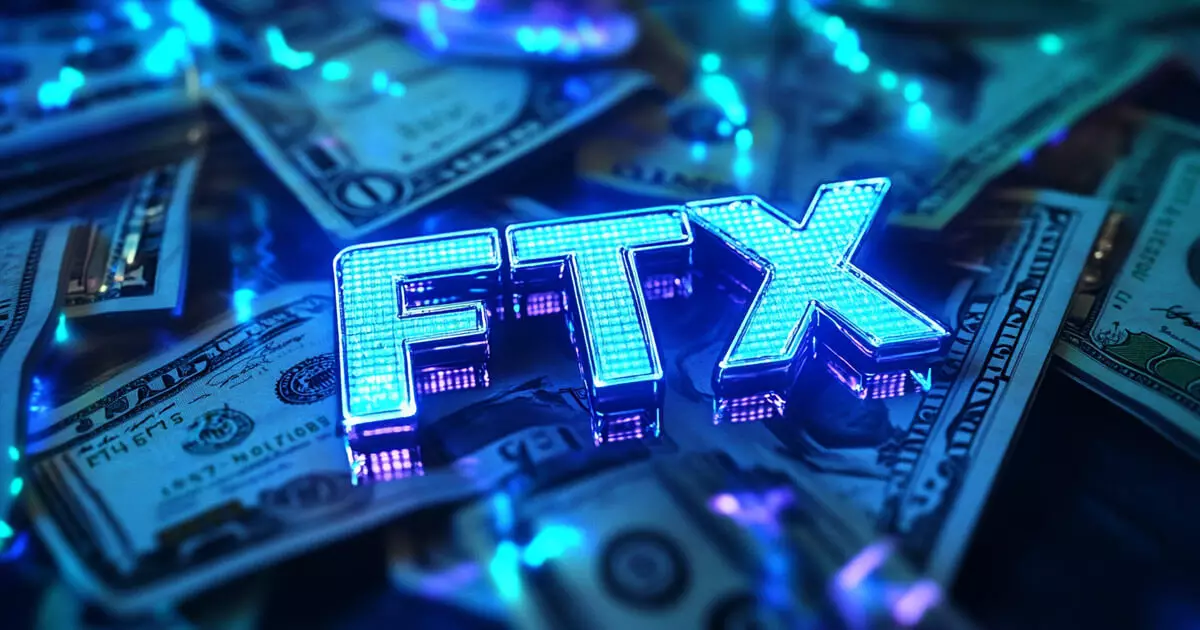The FTX bankruptcy has emerged as one of the most significant financial debacles in the cryptocurrency space, leaving a multitude of creditors eager for compensation. Sunil Kavuri, a member of the FTX Creditors’ group, recently disclosed ongoing efforts to address the intricacies of compensating international creditors from countries such as Russia, China, Egypt, Nigeria, and Ukraine. The issue, however, is far from straightforward, as a sizable portion of FTX’s user base in these regions remains ineligible for funds despite their significant claims.
Recent data has illuminated the landscape of creditor claims, revealing that Chinese users constitute the largest demographic, accounting for approximately 8% of the total claims against FTX. Kavuri’s lack of specific reasoning for the exclusion of creditors from restricted countries raises questions about the underlying operational and regulatory challenges. The complexity of dealing with international regulations and the operational limitations of designated distribution platforms, such as Kraken and BitGo, add layers of difficulty to the compensation process.
As FTX embarked on its initial distributions, it primarily focused on smaller creditors, processing payments as of February 18. This phase of reimbursements has been met with substantial anticipation; however, creditors situated in restricted nations have remained in a state of limbo. The absence of a transparent timeline for resolving claims contributes to increasing frustration among affected users. Although Kraken and BitGo’s operational limitations in these countries have been cited as reasons for non-disbursement, it is evident that this issue is intertwined with broader financial and logistical considerations.
Amidst this turmoil, Kraken’s co-CEO Arjun Sethi asserted that over 46,000 claimants received funds in the initial payment round. Sethi’s comments also underscored ongoing conversations about accountability and transparency within the cryptocurrency exchange sector, highlighting that many platforms still fail to provide proof of reserves. The dismal transparency exhibited by FTX stands in stark contrast to Kraken’s self-commitment to prioritize user security and trust.
As the process continues, FTX has demonstrated a commitment to prioritizing smaller claims—those under $50,000—by not only reimbursing principal amounts but also offering accrued interest since the bankruptcy filing in November 2022. Larger creditors, whose claims exceed this threshold, can anticipate payments potentially commencing in the upcoming quarter. The fallout from FTX’s collapse carries enduring consequences, particularly as the former CEO, Sam Bankman-Fried, maintains his assertion that the company was not insolvent, but rather navigating liquidity difficulties.
Ultimately, the ongoing FTX saga serves as a critical reminder for stakeholders in the cryptocurrency landscape about the imperatives of transparency, accountability, and proper regulatory practices. As the industry reevaluates its processes in light of FTX’s downfall, creditors, platforms, and regulators must collaborate to prevent similar financial misadventures in the future. The path forward remains murky, but clarity for creditors across the globe is essential if the crypto community is to rebuild trust and navigate the turbulent waters of financial responsibility.

